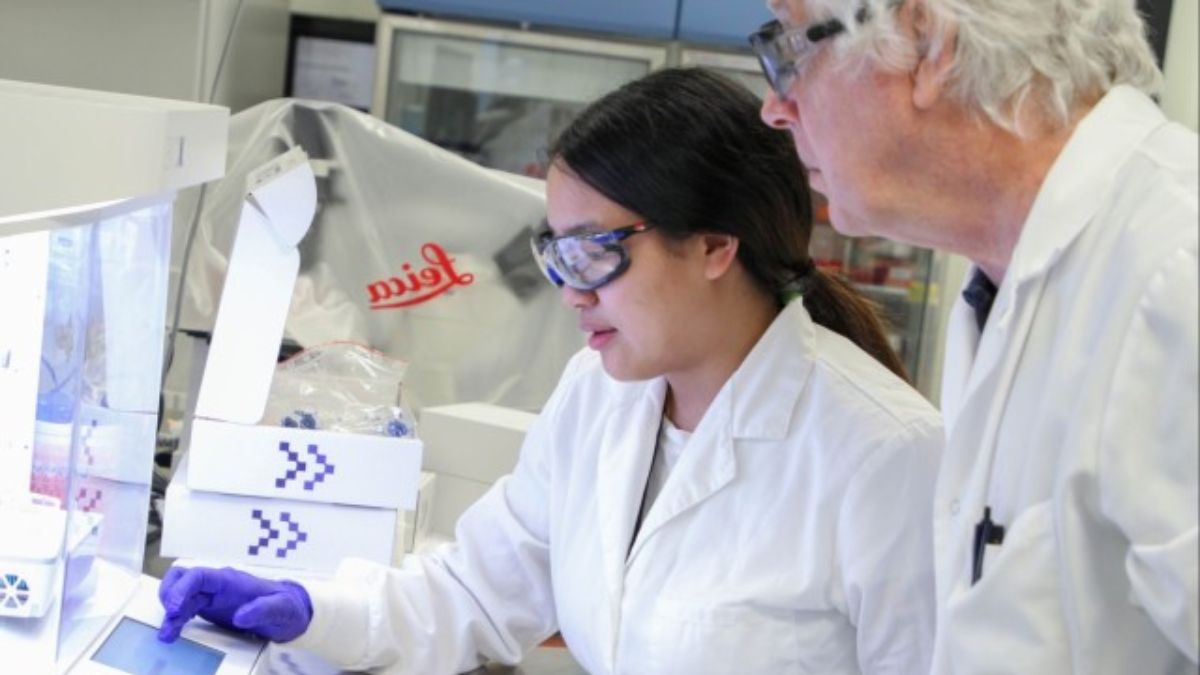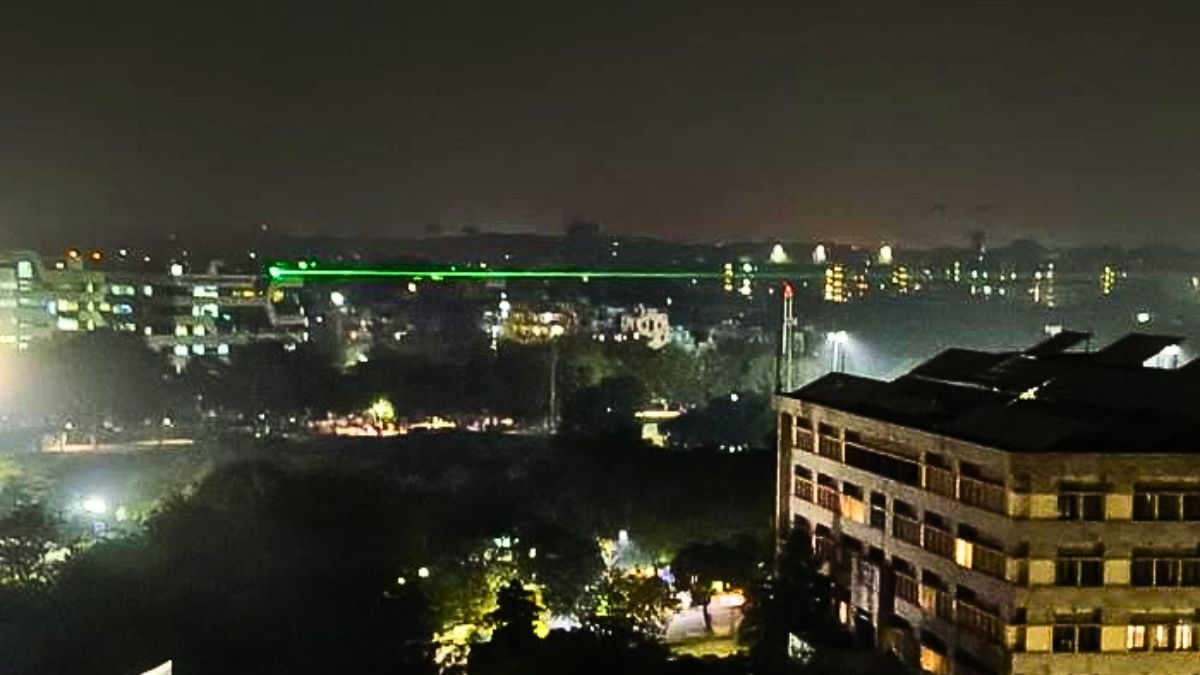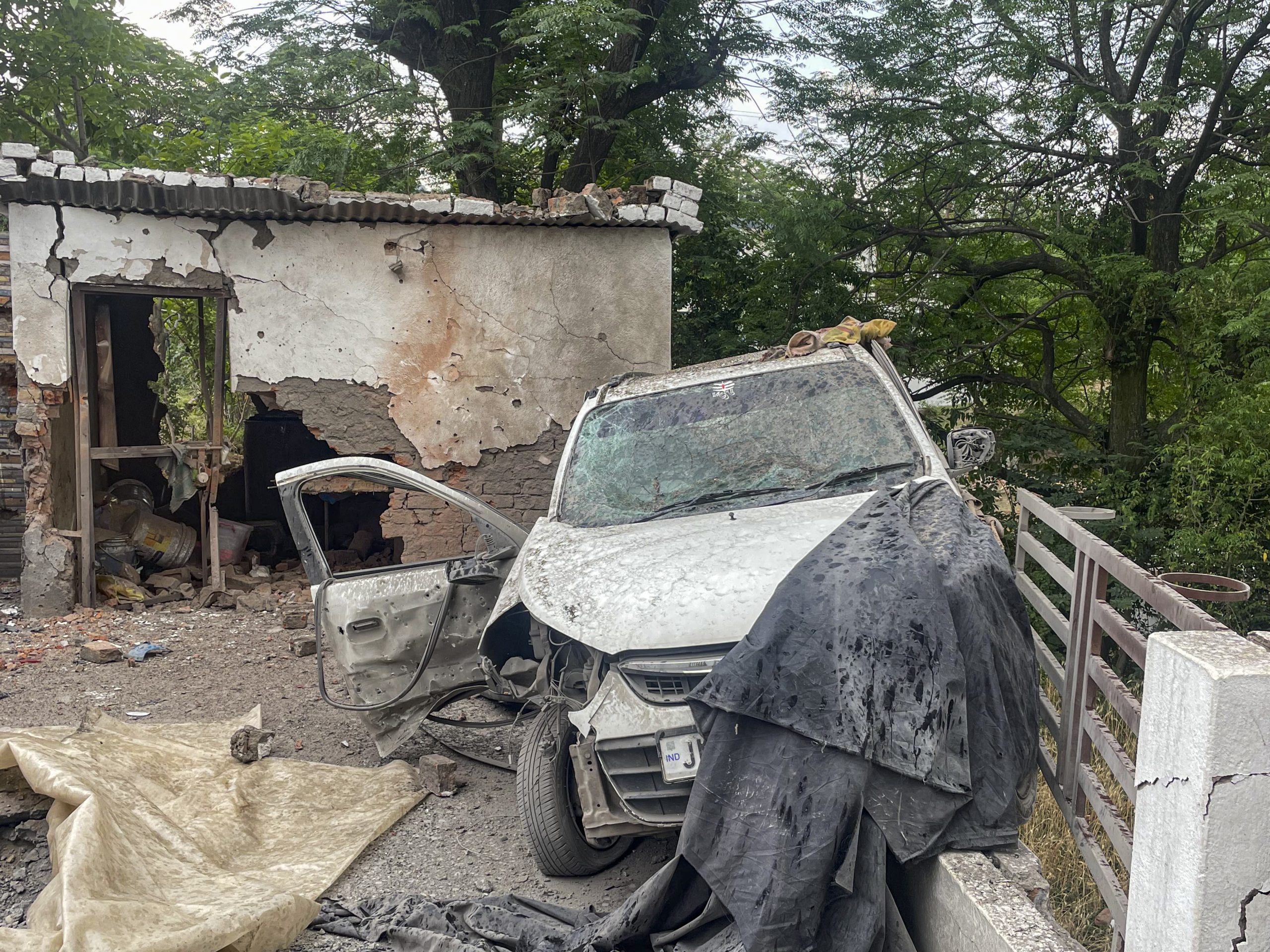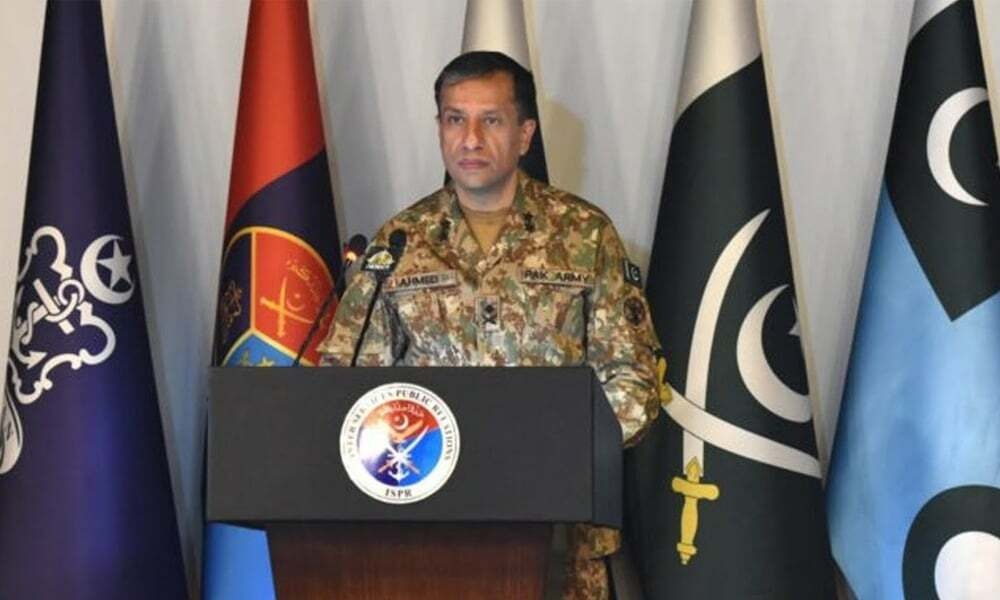‘Bioprinting’: Here’s How US Army Wants To Treat Battle-wounded Soldiers Using 3D Printing

A US Army lab has partnered with University of Hawaii to enhance bioprinting and advanced manufacturing. Image courtesy: US Army
The US Army is exploring cutting-edge bioprinting technology to create 3D-printed human tissue that could help heal wounds, regenerate damaged organs, and potentially save soldiers’ lives on the battlefield, according to an official report from the US Department of Defense.
The initiative is part of a Cooperative Research and Development Agreement (CRADA) between the US Army Combat Capabilities Development Command Chemical Biological Center (DEVCOM CBC) and the University of Hawaii System.
Two Joint Work Statements (JWS) under this agreement are focused on developing next-generation biomaterials and biofabrication techniques to support US Indo-Pacific Command (USINDOPACOM) operations and beyond.
What is bioprinting and how is it being used by the US Army?
Bioprinting is a form of 3D printing that uses living cells, proteins, and nutrients as bio-inks to create tissue-like structures that can mimic natural organs or skin. In this project, researchers aim to create organ models, improve in vitro testing systems, and ultimately produce functional tissue to aid in treating burns, toxic exposures, and injuries from antibiotic-resistant infections.
If successful, this technology could lead to battlefield-ready medical solutions where injured soldiers are treated with custom-printed tissue—even in remote or combat zones—dramatically increasing their chances of survival.
What are the military bioprinting project’s goals?
The collaboration is led by Dr. Jason Barnhill, associate research professor at the John A. Burns School of Medicine (JABSOM) at the University of Hawaii at Manoa, and Priscilla Lee, a bioengineering researcher with DEVCOM CBC.
Their first line of work focuses on building organ-on-a-chip systems— miniaturised models of organs that help test drug reactions, assess immune responses, and understand cellular behaviour in controlled environments.
Dean Sam Shomaker of JABSOM said the effort could help introduce bioprinting capabilities to remote and underserved areas, supporting military and civilian needs globally.
The collaboration could also serve as a foundation for more complex applications, including regenerative medicine and mobile bioprinting labs for military deployment.
How could this impact future battlefield medicine and organ transplants?
The potential impact is vast. In the future, scientists envision scenarios where a soldier needing skin grafts or tissue repair could receive 3D-printed patches made from their own cells, significantly reducing the risk of rejection. In the longer term, the same process could be scaled to print whole organs like hearts or kidneys, revolutionising both military and civilian transplant medicine.
For now, the focus is on functional tissue for wound care and toxicity response, with researchers confident that each advancement will bring them closer to real-time solutions for frontline military personnel.







